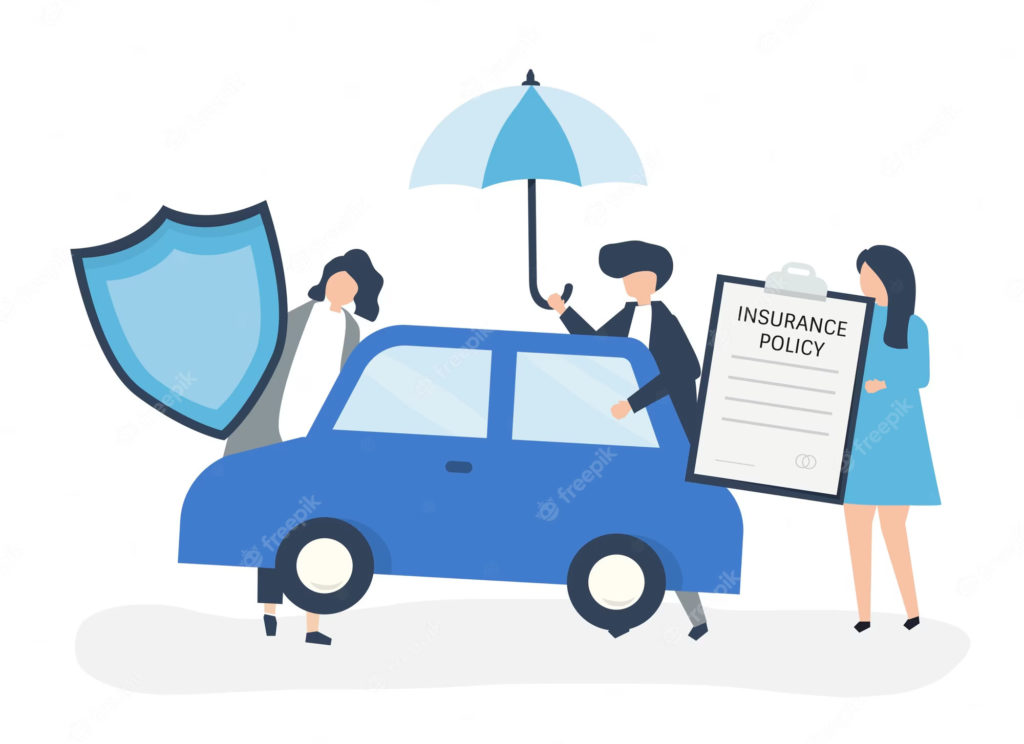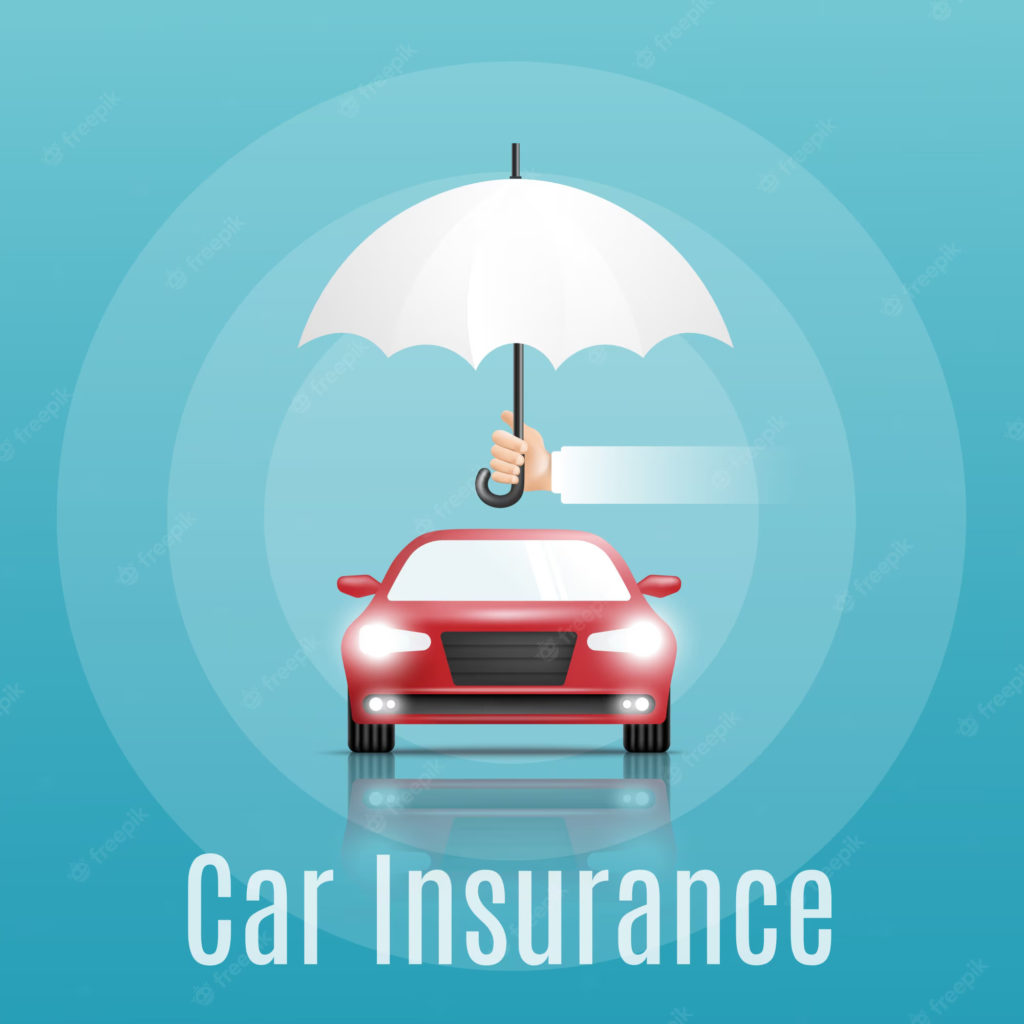Despite significant efforts to alleviate the issue, water logging continues to be a concern during the monsoons. The monsoons have been here, and with them come more traffic, increased noise, and chaos on the roadways. After all, you wouldn’t want to be caught in the rain while on the road. It would help if you took your time selecting an auto insurance plan to serve your needs in the long run.
Tips to Choose the Right Motor Insurance Policy for Monsoon
Here are some things to consider when picking an insurance policy to protect your car during the monsoon and beyond:
-
The Pre-Rain Service
It’s wise to have your automobile serviced before the start of the rainy season. Inspecting regularly and, if necessary, replacing wearable components such as the engine, air filter, fuel filter, tires, and more is essential. Your insurance may already cover routine maintenance, saving you money.

-
Go for all-inclusive car coverage.
Third-party liability insurance protects you financially if you are found legally responsible for the harm you cause to another person or property. You will not get covered if your car is damaged. In the event of an accident, comprehensive auto insurance will pay for repairs and offer other helpful services.
-
Check for an engine protection add-on.
The engine repair or replacement cost is high. Water infiltration might cause engine damage if your automobile becomes stranded in a flooded location during the monsoons. A hydrostatic lock occurs when moisture in the engine prevents it from starting. Having all-inclusive insurance with an engine protection add-on will safeguard you in this circumstance.
-
Get consumable and road assistance cover.
The price of fixing damage caused by a flood might quickly become prohibitive. Expendables like new brake pads, fresh engine oil, and upgraded nuts and bolts may add up quickly. As a result, you should get roadside assistance coverage that provides around-the-clock help in an accident or other emergency. It also arranges repair services and includes towing.

-
Select zero depreciation add-on.
The worth of your automobile decreases each year. When filing a claim under comprehensive insurance, the insured often gets a settlement that is less than the cost to restore the covered property due to depreciation. When filing a claim, the insured receives the component’s remaining value after subtracting depreciation.
-
Select No Claim Bonus Protect Cover
If the policyholder does not file a claim during the insurance year, he will get a reduction in his premiums for the following year. The discount might range from 20% to a maximum of 50%, depending on how long it has been since a claim was filed. Even if you file a claim under your existing insurance, you may keep your No-Claim Bonus as long as you have coverage. You will advance to the next tier of NCB if you do not file a claim.
-
Tyre Protection Cover
In the monsoons, traction is compromised when the rains come down hard; thus, a good wheel band is essential. When a tire blows out, gets a cut, has to be remounted, etc., the insured may make a claim. It’s important to remember that the tire warranty doesn’t cover things like minor puncture repairs, rebalancing, and alignment or problems caused by a faulty production process.

Conclusion
You can count on your car to be there for you, good roads and evil, all the time. Please protect it from the rain during monsoon using the fitting covers, and prepare for a relaxing ride. Talking to an insurance agent might be helpful if you find this procedure too complex or intimidating. Depending on your situation and financial constraints, they will advise you accordingly.













































